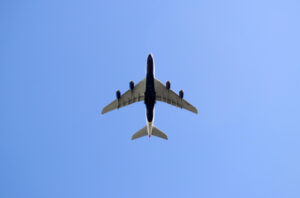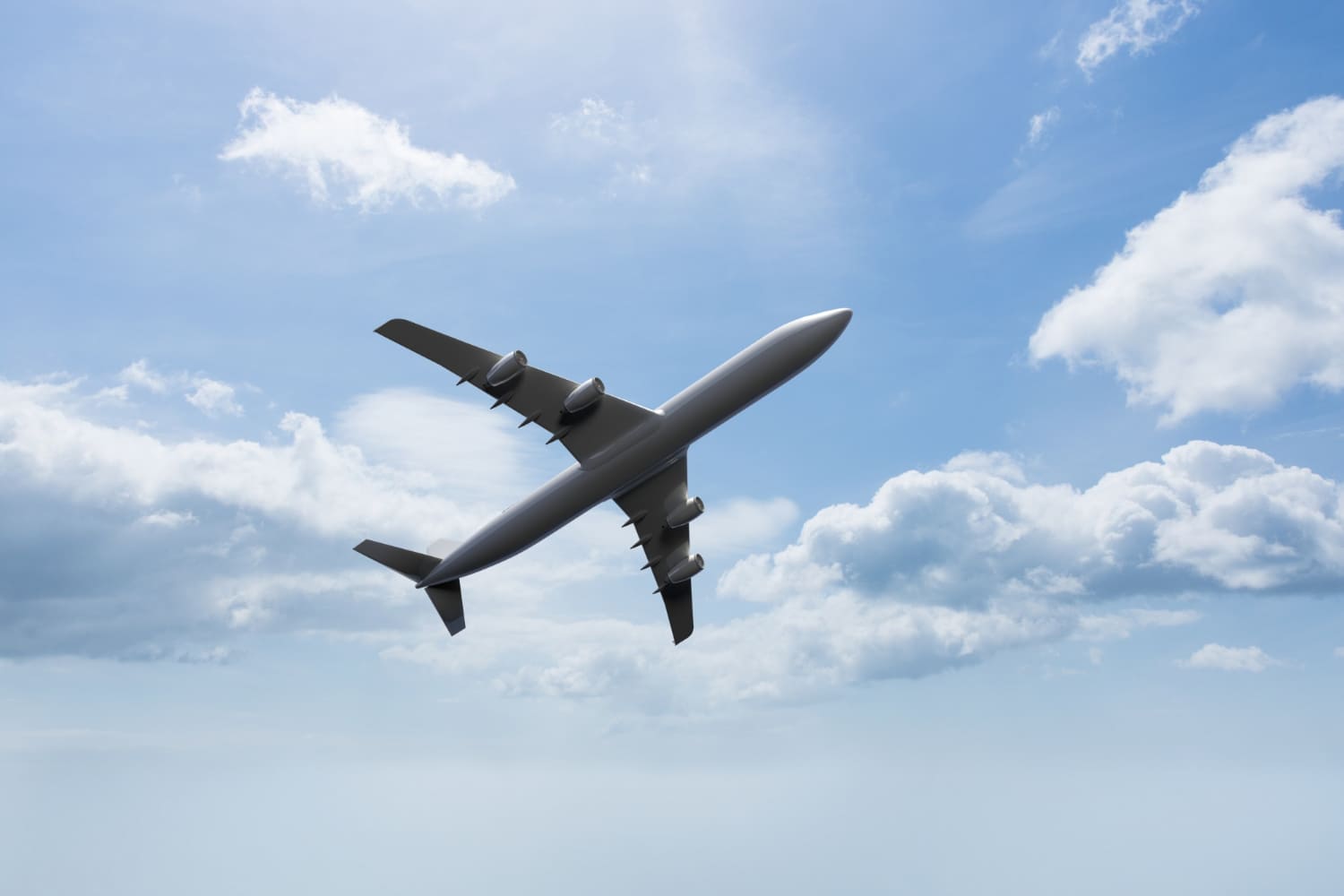Watching an airplane in flight is always impressive. Whether it’s a small training aircraft or a massive commercial jet, there’s one question that often comes up:
How much does an airplane weigh?
The short answer? It depends. But in this article, we’ll break it down with real-world examples and simple explanations. If you’re curious about aviation, this will give you a clear and engaging overview.
So… how much does an airplane weigh?
An airplane can weigh anywhere from 500 kilograms to over 600 tons, depending on its type and purpose.
-
Light aircraft like those used for training or recreation typically weigh between 500 and 1,200 kg.
-
Commercial jets for short and medium distances, such as the Airbus A320 or Boeing 737, weigh around 40,000 kg when empty, and up to 78,000 kg when fully loaded.
-
Large aircraft like the Boeing 747 or Airbus A380 can exceed 400,000 kg, with some reaching up to 575,000 kg.
-
Heavy cargo aircraft like the Antonov An-225, the largest ever built, could take off with a total weight of up to 640,000 kg.

What factors affect an airplane’s weight?
An airplane’s weight isn’t always the same. It changes depending on the flight. Here are the main factors:
-
The type of aircraft and the materials used in its construction.
-
The amount of fuel it carries.
-
The passengers and their luggage.
-
Any additional cargo, especially on freight flights.
Even onboard meals and supplies are part of the equation. Before each flight, crews calculate the total weight and how it’s distributed. That process helps ensure safe takeoff and landing.
How can something so heavy fly?
That’s a fair question. How does something weighing hundreds of tons lift off the ground and stay airborne?
The answer lies in aerodynamics. Airplane wings are specially shaped to create lift. As air flows over the wings, it generates an upward force strong enough to counter the plane’s weight. Combined with powerful engines providing the necessary speed, flight becomes possible.
Real-world examples of aircraft and their weight
Here’s a table with real aircraft to help you better visualize the numbers:
| Aircraft Model | Empty Weight (approx.) | Max Takeoff Weight |
|---|---|---|
| Cessna 172 | 750 kg | 1,111 kg |
| Airbus A320 | 42,000 kg | 78,000 kg |
| Boeing 747-8 | 220,000 kg | 448,000 kg |
| Airbus A380 | 277,000 kg | 575,000 kg |
| Antonov An-225 | 285,000 kg | 640,000 kg |
As you can see, the range is wide. It all depends on whether it’s a small aircraft, a commercial airliner, or a cargo giant.
In summary
Next time you see a plane in the sky, you’ll know it could weigh anywhere from a few hundred kilos to over half a million. Even so, it can lift off, cruise at 10,000 meters, and land with precision.
Weight, far from being a simple number, plays a key role in making flight possible. And the more you understand how it all works, the more fascinating it becomes.
At EAS Barcelona, we’re passionate about aviation and love sharing that passion with curious minds. Because the sky isn’t just for pilots—it’s for everyone who loves to wonder.
